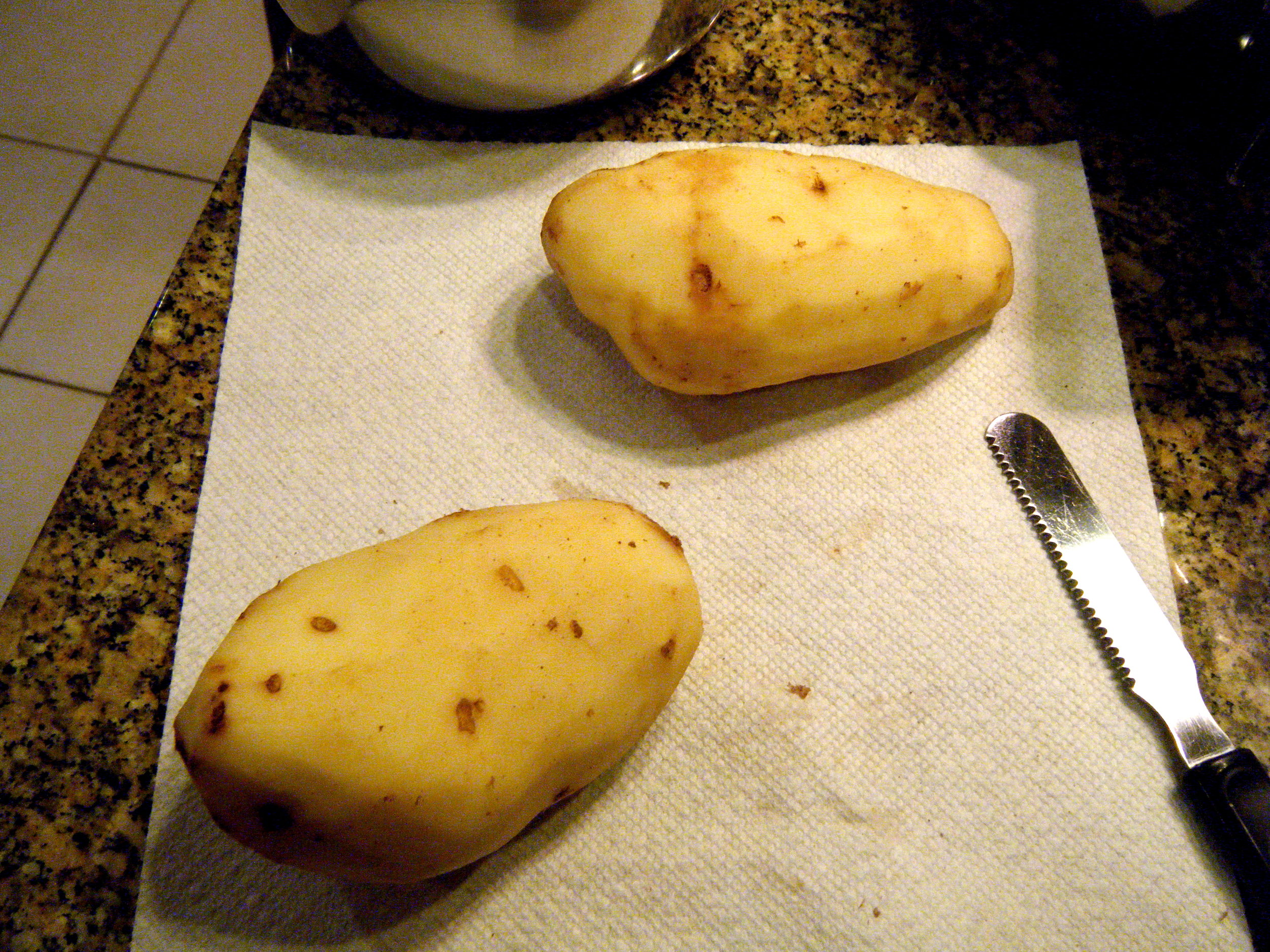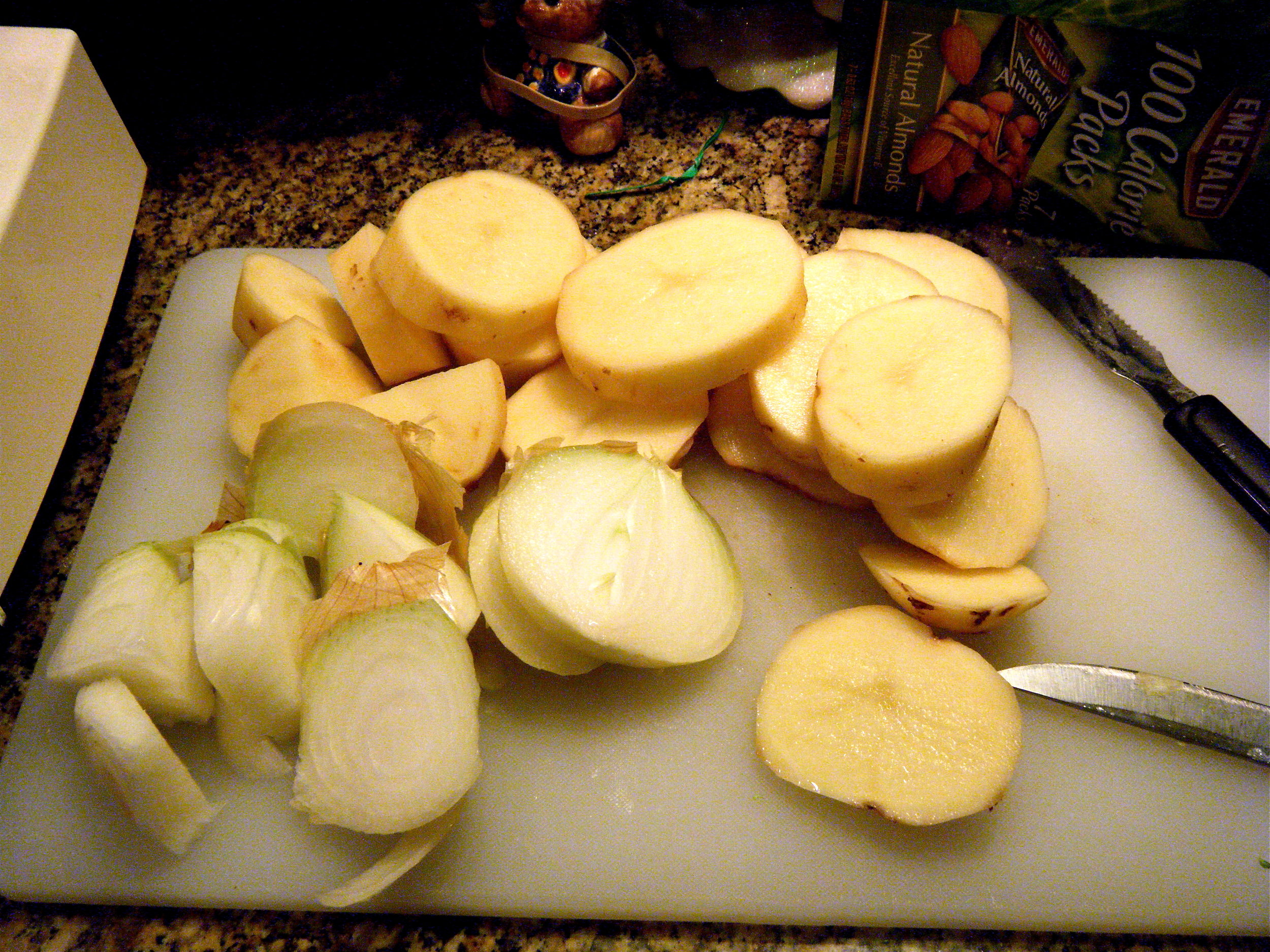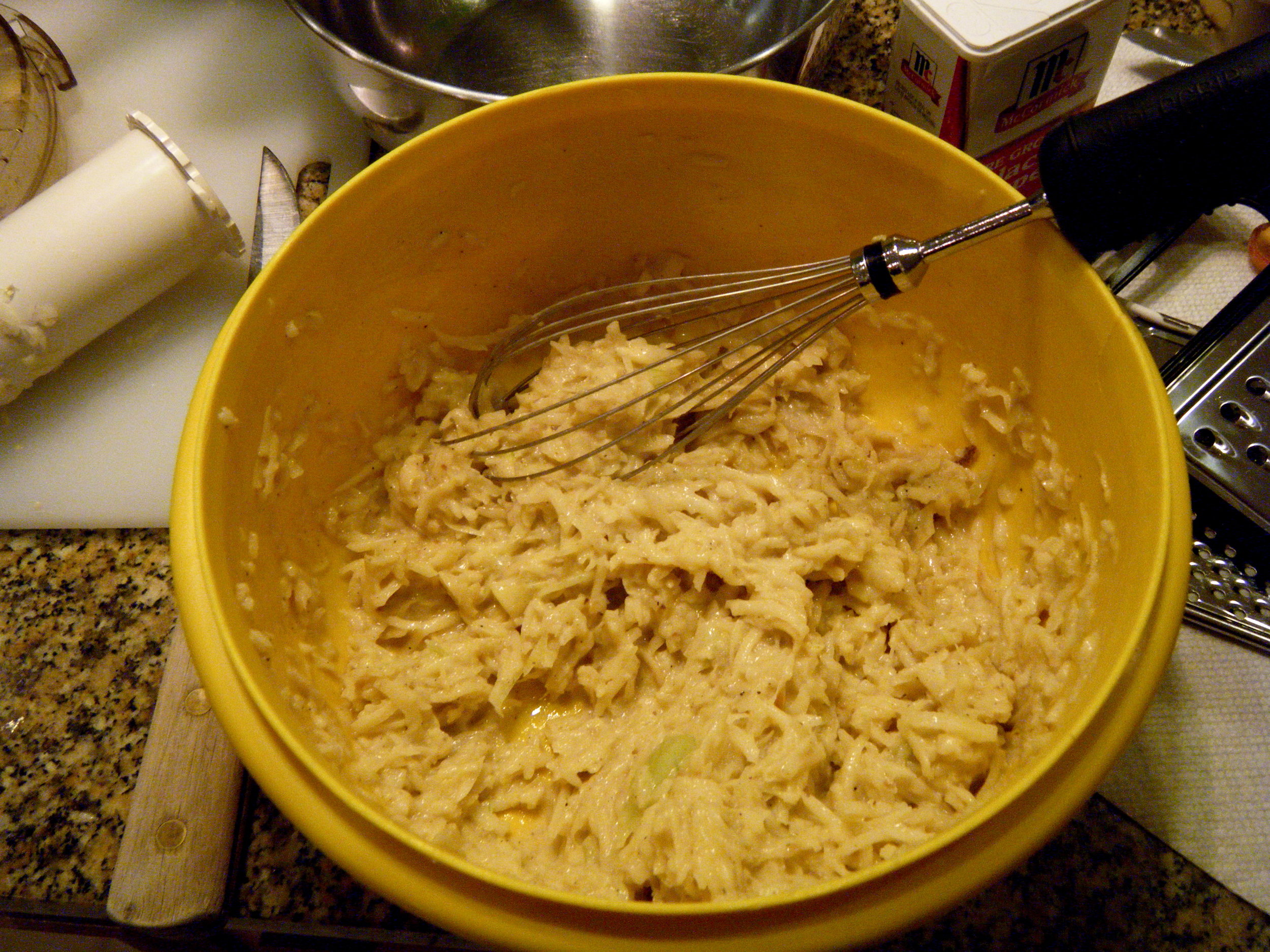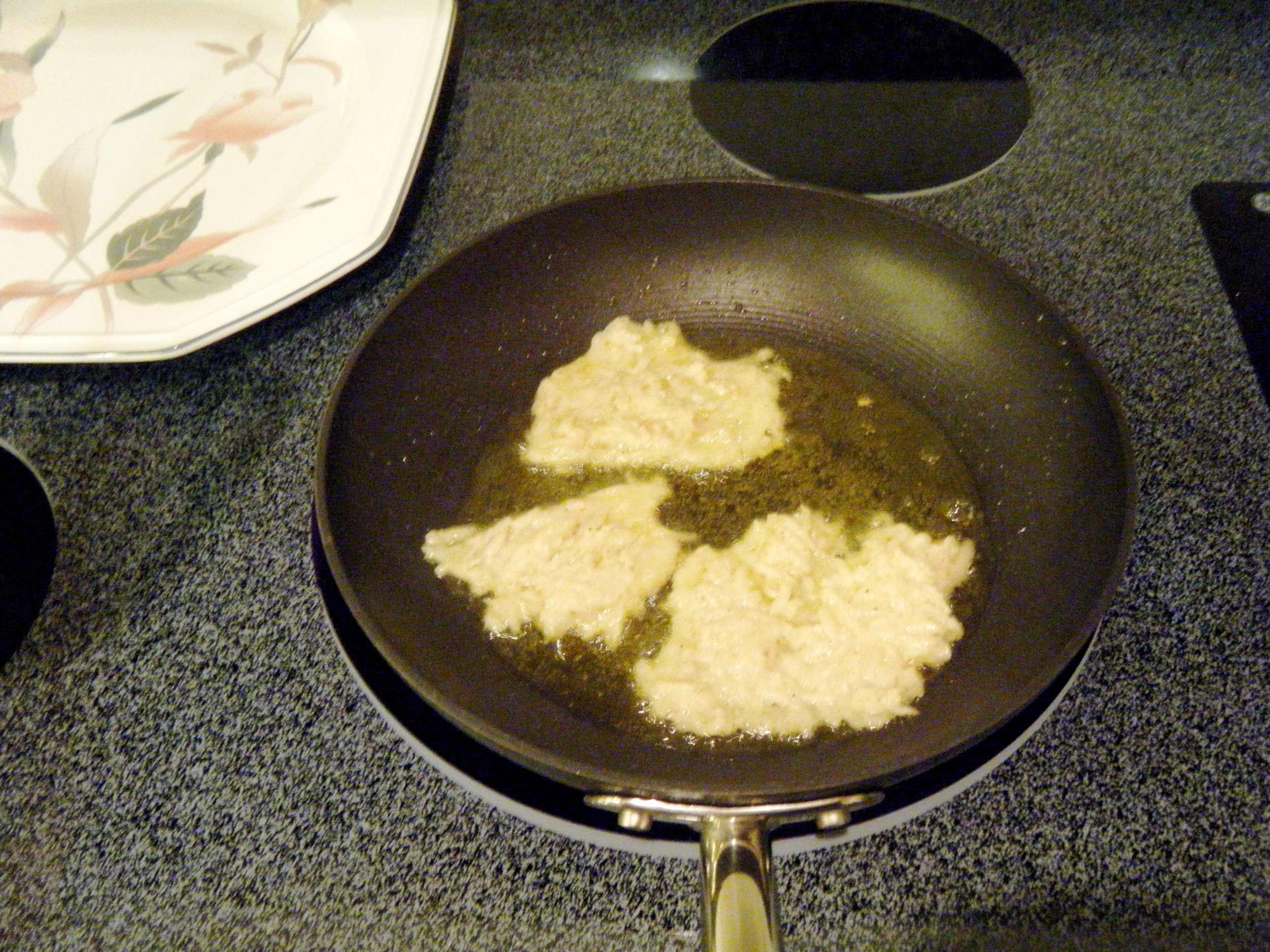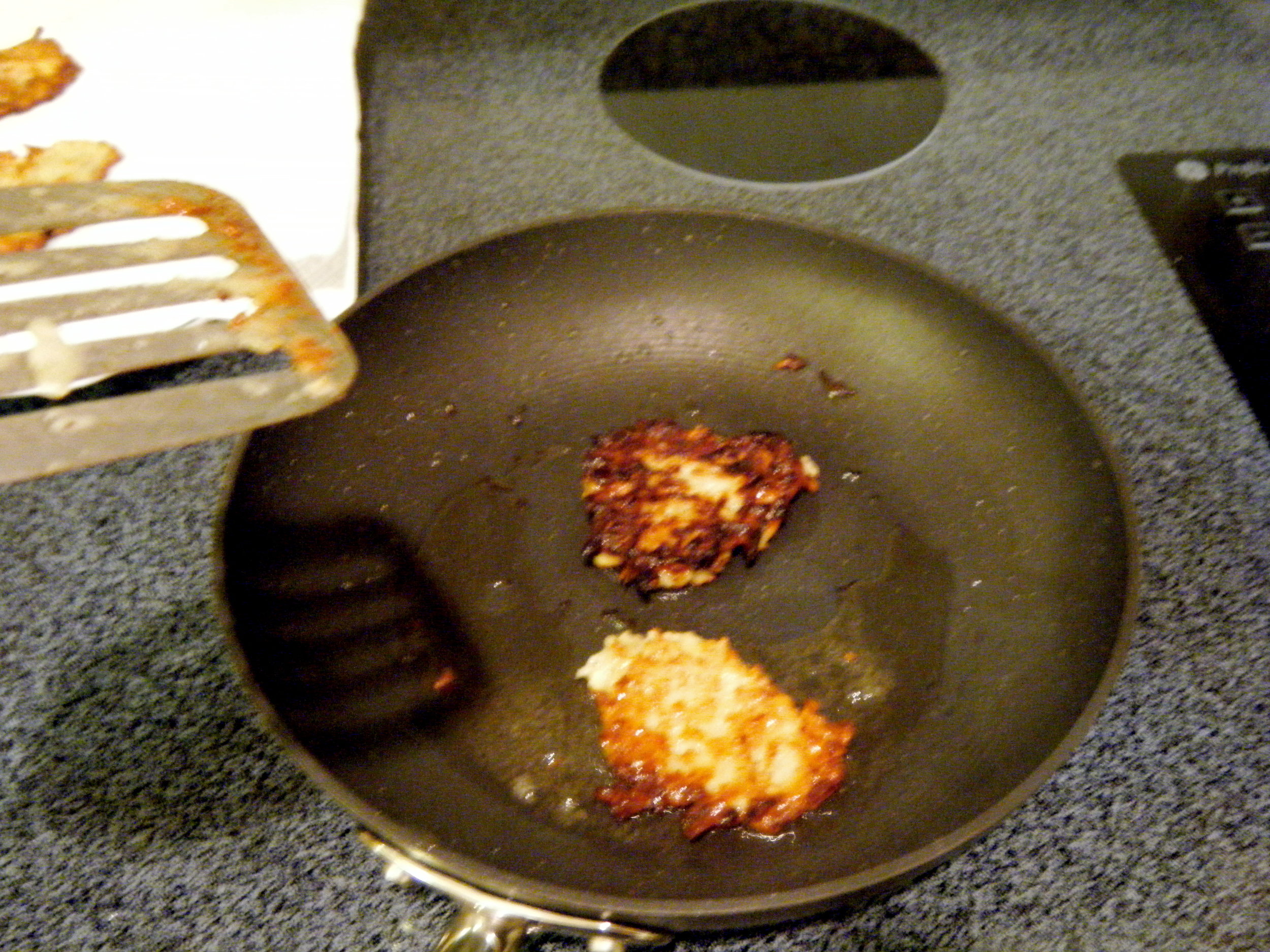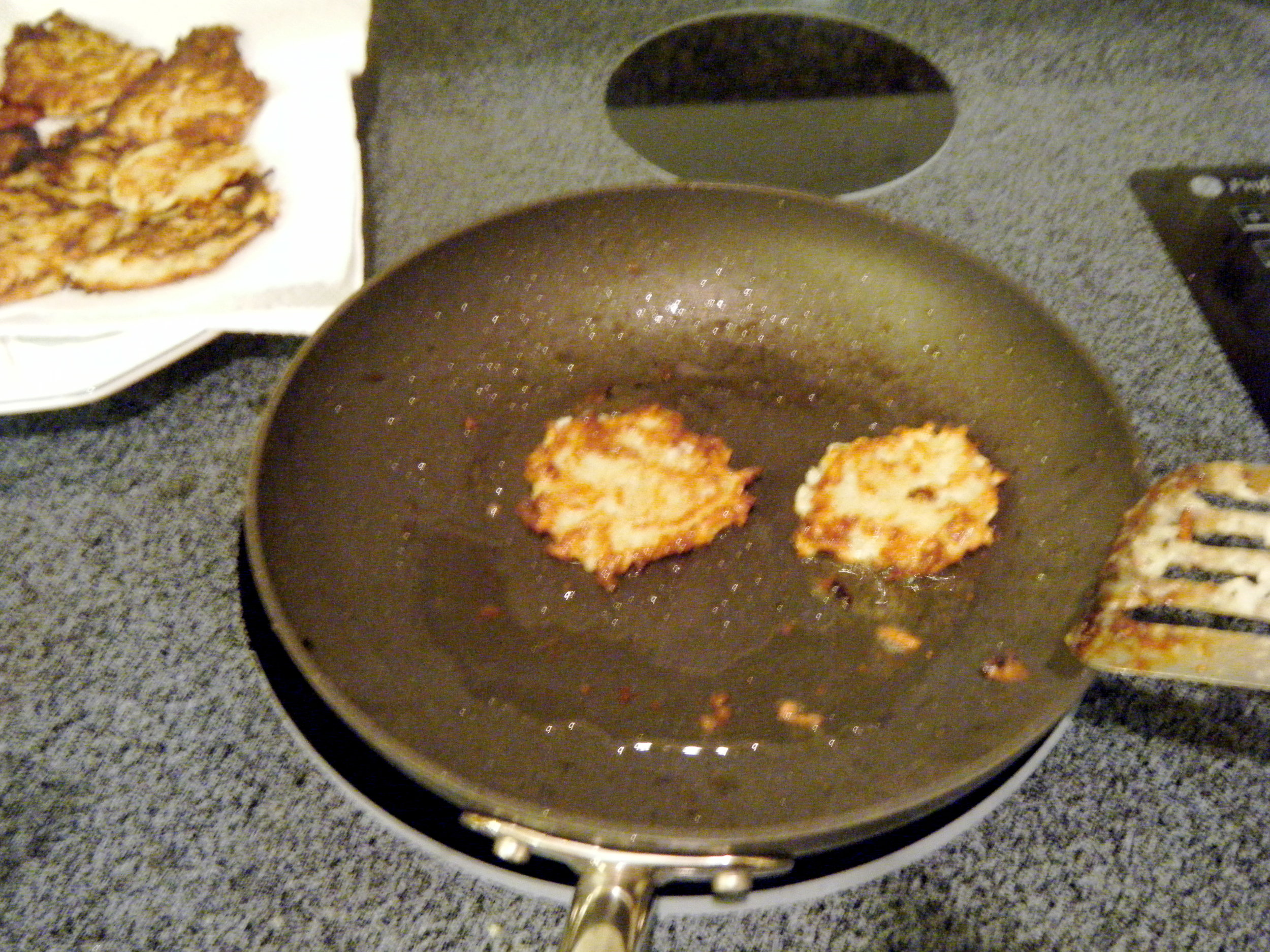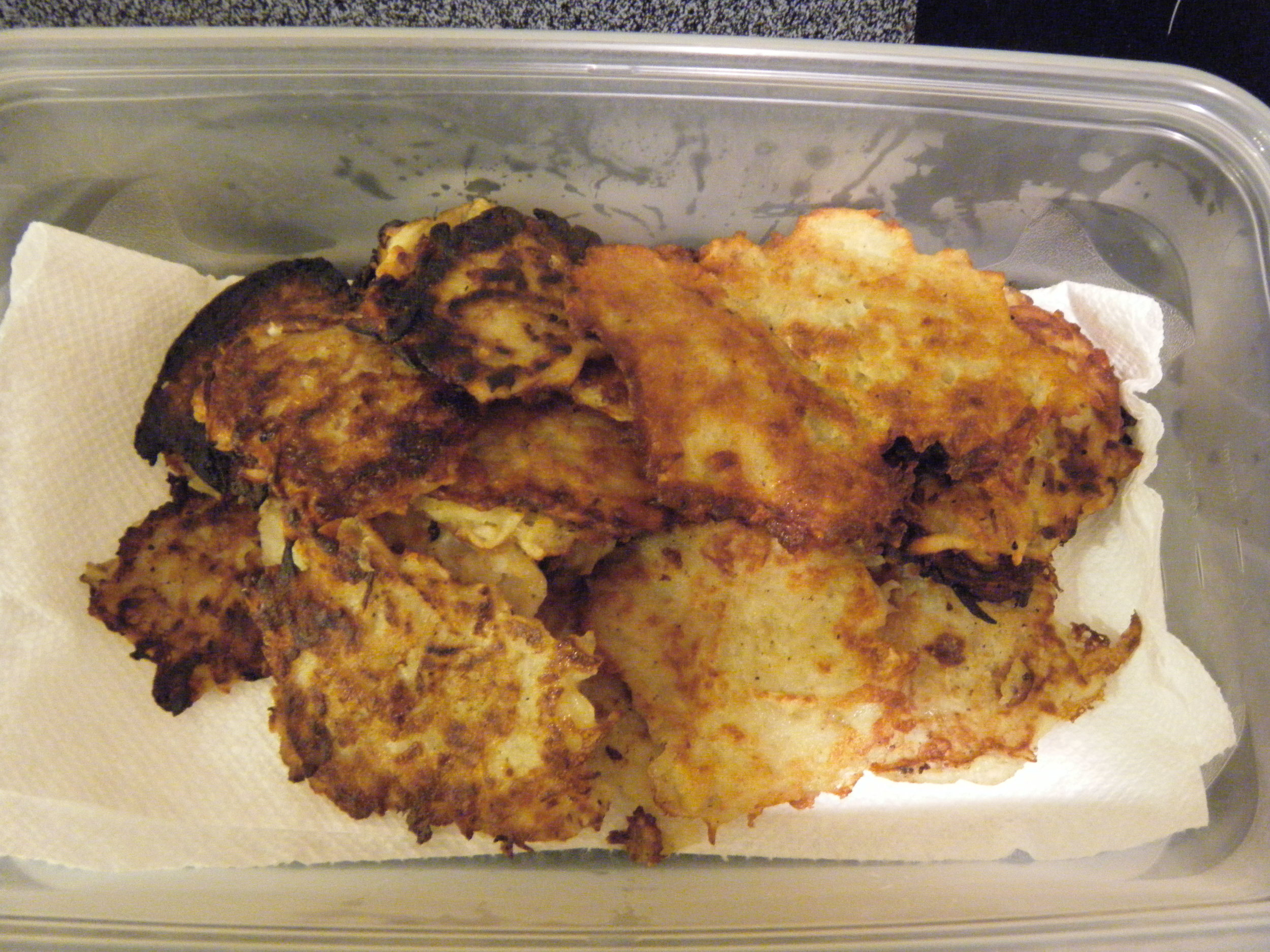Baked Feta, Tomato, and Spinach Pasta
If you spend even half as much time as I do on the Internet every day, then you’ve probably seen the latest (and most delicious-looking) trend to hit social media: drizzling blocks of feta cheese and loose tomatoes with wonderful, generous glugs of extra virgin olive and baking them at moderately-high heat until the tomatoes have ripened to the point of almost bursting, and the cheese has gotten so soft that when mixed with pasta, it melts like a dream. The original recipe was developed two years ago by Finnish food blogger Jenni Häyrinen, but it wasn’t until this year, thanks to TikTok, that it went super viral. In fact, the recipe got so huge that Finland actually had a brief but significant shortage of feta cheese nationwide! I’ve seen countless videos floating around Youtube and Instagram in the last two weeks, and though I tend to be extremely particular when it comes to jumping on the latest trends, I knew this was one I desperately had to try.
In all the videos I watched, the basic breakdown of the dish was this: drizzle the feta and tomatoes with olive oil, season with black pepper, and sprinkle a liberal amount of oregano (usually fresh) on top. Roast everything in the oven, then mix in cooked pasta. It just doesn’t get any simpler - or more hands-off - than that.
The final product looked amazing every time, but I wanted to take things up a notch. What other seasonings would go well with salty cheese, sweet tomatoes, and earthy olive oil? Then it hit me: za’atar, my favorite Middle Eastern spice blend that consists of sesame, thyme, marjoram, oregano, and sumac! Oregano, a key ingredient in the original recipe, would still be present, and joined by some other stellar spices blended together in perfect harmony. And because I sometimes need to trick myself into eating vegetables: I threw in some spinach, too! When it came to pasta, I wanted to keep things pretty simple. In some videos, I saw cavatappi being used. In others, classic macaroni. But there was something about a small, long pasta shape that appealed to me, so I went with penne rigate.
The result was, and I’m not exaggerating, one of the best pasta dishes I have EVER had. This Baked Feta, Tomato, and Spinach Pasta is earthy from the za’atar, slightly sweet from the roasted tomatoes, and perfectly creamy, briny, and a little tangy from the baked feta. Though the spinach takes a backseat to the other flavors, just a few minutes of being tossed into the still-warm pasta makes it pleasantly tender and a great supporting character to the main act. And the best part is, dinner was ready in 35 minutes, with very little clean-up at the end.
Internet trends come and go at the speed of light, but this Baked Feta, Tomato, and Spinach Pasta was born from a social media moment that I know is here to stay!
Baked Feta, Tomato, and Spinach Pasta
What You’ll Need:
1 pint grape tomatoes
One 8 oz block of feta cheese
Extra virgin olive oil
Za’atar
Freshly ground black pepper
Salt
16 oz penne rigate pasta
3 oz baby spinach
Directions
Preheat the oven to 375 degrees Fahrenheit.
Place the feta cheese and tomatoes in a 9x13 inch baking dish. Drizzle the feta and tomatoes liberally with extra-virgin olive oil, za’atar, and freshly ground black pepper. Bake in the oven for 35 minutes.
While the feta and tomatoes are in the oven, cook the pasta in a heavy-bottomed pot filled with well-salted boiling water (the water should taste like the ocean). Follow package instructions for al dente. Just before the pasta is done, reserve 1 cup of pasta water. Drain the pasta.
As soon as the feta and tomatoes are out of the oven, add the pasta, spinach, and 1/4 cup of the reserved pasta water to the baking dish and stir until the ingredients are well-combined. Add more freshly ground black pepper to taste. Serve warm.
TO STORE: Pasta can be kept in an airtight container in the refrigerator for up to 1 week.








